Bagmati Province
Congress-led coalition set to form government in Bagmati
Chances of the largest party getting the chief ministership are high, although Maoist Centre also eyes the post.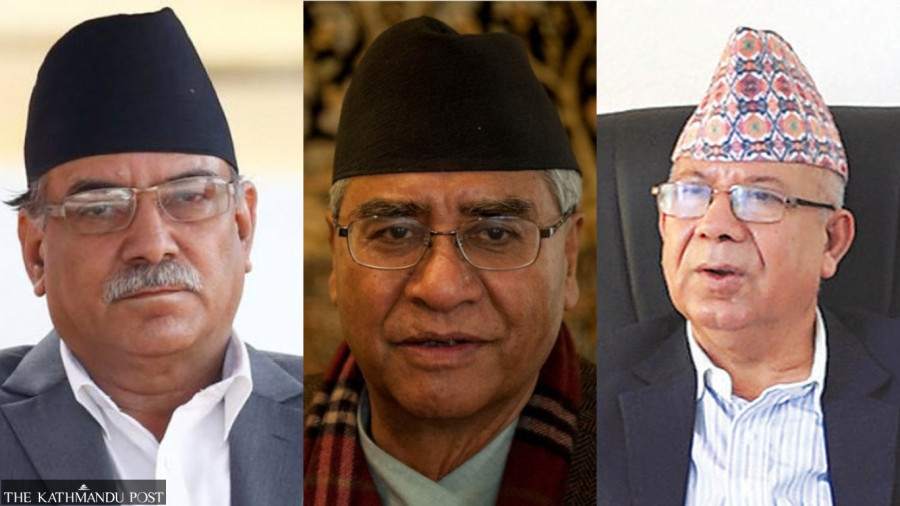
Tika R Pradhan
With three parties in the ruling coalition emerging again as major players in the Bagmati Province, the Nepali Congress is expected to lead the provincial government, even though the CPN (Maoist Centre) hasn’t quite given up on its claims for the chief minister’s post.
But the selection of the chief minister to govern the province comprising 13 districts including Kathmandu Valley would depend largely on the federal government’s formation. Going by precedence, once the new federal government’s structure is in place, the chief ministers of all seven provinces are divided in a package deal.
As of Friday, the chances of the Congress, the Maoist Centre, the CPN (Unified Socialist), Rastriya Janamorcha and Loktantrik Samajbadi Party continuing to partner for government formation look high.
Though the counting for the two seats of Dolakha district continues along with Proportional Representation votes, the strength of the parties in the provincial assembly has become quite clear with the Congress securing around 40 seats in the 110-strong assembly.
Rajendra Pandey of the CPN (Unified Socialist) is currently leading the provincial government as chief minister, despite the party having only 13 seats in the previous assembly.
Despite a written agreement among the Congress, the Maoist Centre and the Unified Socialist to divide the remaining term equally, Congress leader Indra Baniya did not get the chief minister post. Therefore, Baniya is a strong claimant to the new chief minister position with his party emerging the largest this time around.
Pandey has won a federal seat in the November 20 vote.
However, the problem lies with other party leaders who also eye the chief minister’s post. According to some Congress insiders, Baniya doesn’t have good relations with party president Sher Bahadur Deuba even though Baniya denies it.
“The Maoist Centre gave up its claim for the leadership of the Bagmati Province for the sake of saving the coalition despite being the second largest party there,” said Ratna Dhakal, a Maoist minister in the province. “Therefore, our party also claims the chief ministership this time, but we would abide by the decision of the parties in the coalition.”
If the Maoist Centre gets a chance to lead the provincial government, incumbent Minister for Economic Affairs and Planning Shalikram Jamarkattel will be elevated to the top position. From the Congress, Tirtha Lama of Kavre and Bahadur Singh Lama of Nuwakot are also strong contenders for the job.
“I don’t think there is any doubt in Bagmati for the Congress leading the new government,” Baniya told the Post. “Since the federal government would be formed by the existing coalition, we will lead the Bagmati government.’
Baniya was the leader of the parliamentary party during the previous term and this time as well he hopes to win the position unanimously.
Among the 66 provincial seats under the first-past-the-post system, the Congress has already won 24, and is leading in both Dolakha seats. As per the votes the party got in the PR system, the party is expected to get around 12-13 seats which will make the party the largest in the province with around 38-39 seats.
In the first assembly elected after the 2015 constitution, the CPN-UML was the largest party with 41 seats. The Maoist Centre was the second largest with 23 seats and the Congress was the third provincial force with 22 seats, while the Unified Socialist, formed after splitting the UML, had 13 seats.
This time, the scenario has changed with the Rastriya Prajatantra Party winning seven seats. The party has also managed to garner more PR votes than the Maoist Centre, as of Friday evening. The party will have at least 14 seats from both categories.
The Unified Socialist has won five provincial seats and the party could garner at least one seat from the PR category as the threshold for the provincial assembly is only 1.5 percent. As of Friday evening, Unified Socialist secured 64,108 votes which will fetch the party at least two seats.
The Hamro Nepali Party and the Nepal Majdoor Kisan Party have won a seat each from the FPTP, but the Hamro Nepali Party is expected to have one PR seat. However, the Majdoor Kisan Party is expected to have two PR seats.
The Bagmati province has a 110-member legislature—66 members elected from the FPTP and 44 from the proportional representation category.
With the Congress having around 38 seats, the Maoist Centre 21 and the Unified Socialist around six seats, they could have 65 seats, nine more than the 56 needed for majority.
The UML has received 562,675 votes under the PR category in the Bagmati provincial polls, while the Congress has got 471,961. The Rastriya Prajatantra Party stands third with 272,089 votes. The Maoist Centre is in fourth place, having received 270,372 votes. The Nepal Majdoor Kisan Party has secured 68,654 votes and the Unified Socialist has got 64,108 votes while the Hamro Nepali Party has 47,613 votes for it as of Friday evening.
Asked whether the Congress and the Maoist Centre would divide the term of the provincial assembly, Baniya, who is also the party’s provincial president, said it depends on the decision of the top leaders of the ruling coalition when they reach a deal on sharing key posts at the federal and provincial levels.
“We will follow what the top leaders of the ruling coalition decide,” said Baniya.




 9.12°C Kathmandu
9.12°C Kathmandu
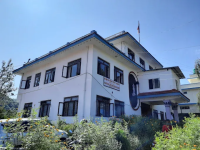





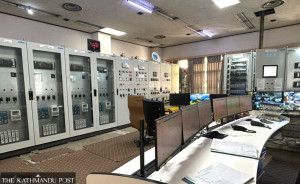
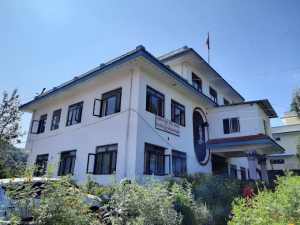
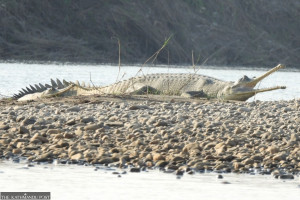


%20(1).jpg&w=300&height=200)

